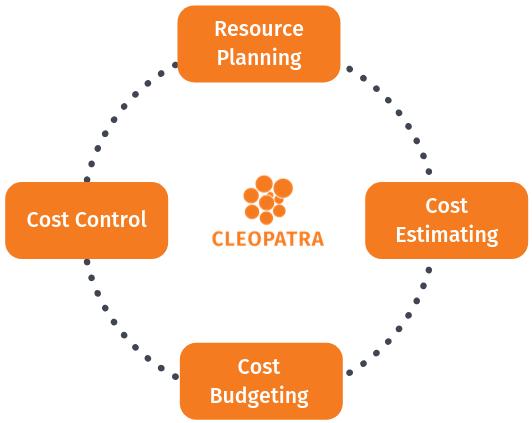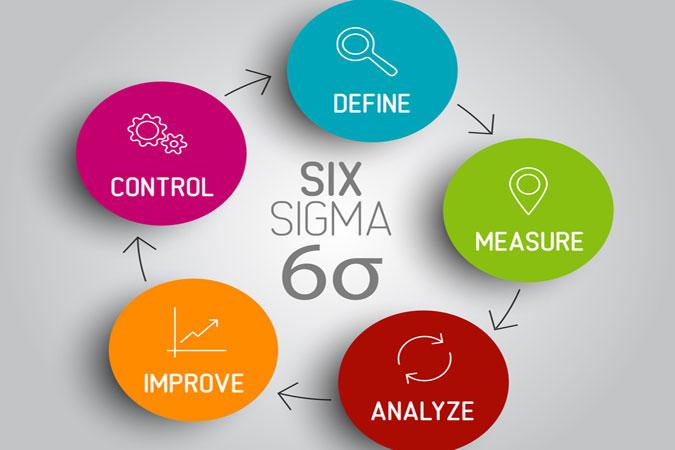3.3 Explain how to develop a cohesive set of conclusions/findings
Why do organisations gather data/information and intelligence? Before we move forward to consider how to develop a coherent and useful data analysis/research findings (business intelligence), let’s pause at this section of the module and ask ourselves: why are we gathering the data? Because, the answer to this question will determine how a consultant/researcher should approach their task. What information types do they require? What are the likely sources? What tools and infrastructure will be needed? Where will activities and findings be safely stored? Typically, firms and organisations go about researching and gathering data in order to: •
To achieve competitive advantage
•
Better information can help target scare resources and/or reduce duplication
•
To achieve prior warning around a major incident which could save lives, prevent injuries or huge financial losses
•
Identify threats and exposure to risks
•
To detect and prosecute criminal activity
•
Acquire sensitive knowledge to ‘control’ the subject or situation, typically, with important negotiations in mind (Bingley: 2015)
All of these reasons boil down to one single overall aim for gathering intelligence: to reduce uncertainty.
Case Study: How is the intelligence cycle organised? Like most conceptual applications in the security sphere, there is no single, authoritative conceptual model that can be said to illustrate the end-to-end development of an intelligence product. Given the kinetic nature of security management scenarios, and vastly differing operational conditions from task to task, there simply cannot be a one-size-fits-all approach. But the CIA model










